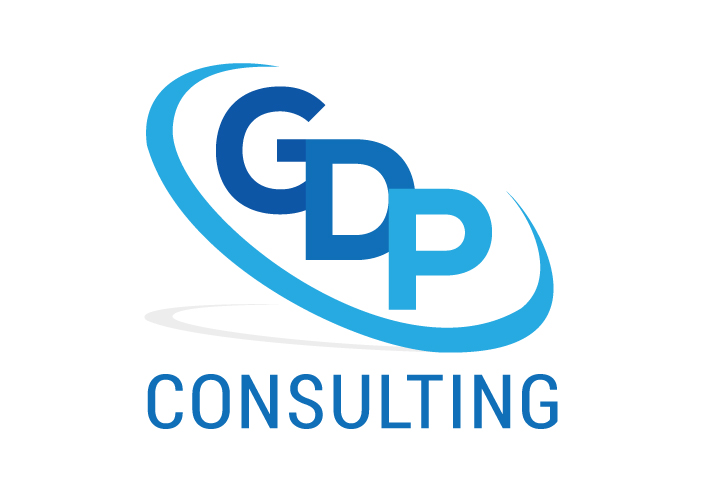Introduction
 The cross-board dimension of policy-making is not as extensive as it needs to be despite the growing inter-dependence between agencies
The cross-board dimension of policy-making is not as extensive as it needs to be despite the growing inter-dependence between agencies
Often, governments provide grants and businesses support non-profit and public-sector boards in order to improve the connectivity between programs and services and make the lives of the users/clients/patients easier. Yet we hear non-profit boards, which represent persons with disabilities, say that they have to fight with the public school system to get the needs of their children and youth met. The media covers stories of non-profit groups fighting with the public health systems to ensure timely access to services for the children and adults they represent. What does cross-board (cross-agency) mean?
Definition of cross-board cooperation
As far back as 1979, Ronald Canham defined cross-board cooperation as
Interagency coordination can be defined as a process in which two or more organizations come together to solve a specific problem or meet a specific need. It carries with it the assumption that working together, agencies will increase their effectiveness, resource availability, and decision making capabilities- and thereby more effectively assist in the resolution of a community need or problem that could not be met by any single agency acting alone.
Now the end of 2012 is drawing near and we still hear stories of unresponsiveness to needs or lack of cooperation between agencies. What is the rationale for cross-board cooperation?
What is the Rationale for Cross-board Cooperation?
According to a 2009 report entitled Guidance to Support Effective Inter-agency Work there are five broad reasons or rationale for inter-agency co-operation, namely:
■ addressing problems with multiple and inter-related causes;
■ generating economies of scale;
■ benefiting from collaborative advantage;
■ reducing policy and service fragmentation;
■ adhering to policy or legal requirements.
This list appears to be very comprehensive but what does the public expect?
Public Expectations
The public expects board policies to require cross-agency cooperation, seamless service, respect and use of each other’s data, and timely responses to their needs.
It appears that they think that despite the calls for greater cooperation and seamless services, institutional arrangements and board governance policies for policy cooperation and coordination have not reached the levels that are commensurate with the degree of local integration expected by consumers/clients/users/patients.
This should not be construed to indicate that there are not any individual or board efforts. However, as we are aware individual efforts do not guarantee collective agreement and cooperation.
With advances in technology, formation of groups on social media networks and easy access to the media personnel, ‘bad’ news travels swiftly. What could boards do differently?
Cooperation and Boards in this Century
Given the increased ability to communicate freely and quickly, access to up-to-date data, calls for increased accountability for results obtained when public and donor funds are expended, boards are expected to
- look at the big picture
- ensure their mandate does not encroach on the mandate of other entities that are providing services to the same population and using public funds
- analyze the effectiveness of current programs and services
- determine where other agencies’ programs and services end and theirs would begin
- cooperate openly with agencies servicing the same population
- problem solve quickly to avoid undue duress for the clients/users/patients
- resolve disputes readily to address concerns brought forward by other agencies
- adjust their programs and services to ensure finances are used to their maximum potential,
- develop and comply with inter-agency agreements or memoranda of understanding,
10. govern risks,
11. adopt and evaluate the effectiveness of their policies, and
12. communicate formally on a regular basis.
The Importance of Oversight
The best governance boards look outward and put surveillance arrangements in place to ensure that the needs of those they represent are met in a cooperative manner. They evaluate their effectiveness on a regularly-scheduled basis and make policy and practice adjustments without waiting for any consumer group outcry. The board is vigilant and aware of any public-policy changes or changes in consumer needs which would destabilise the organization, make its role redundant, or cause donors or the public to withdraw their support.
